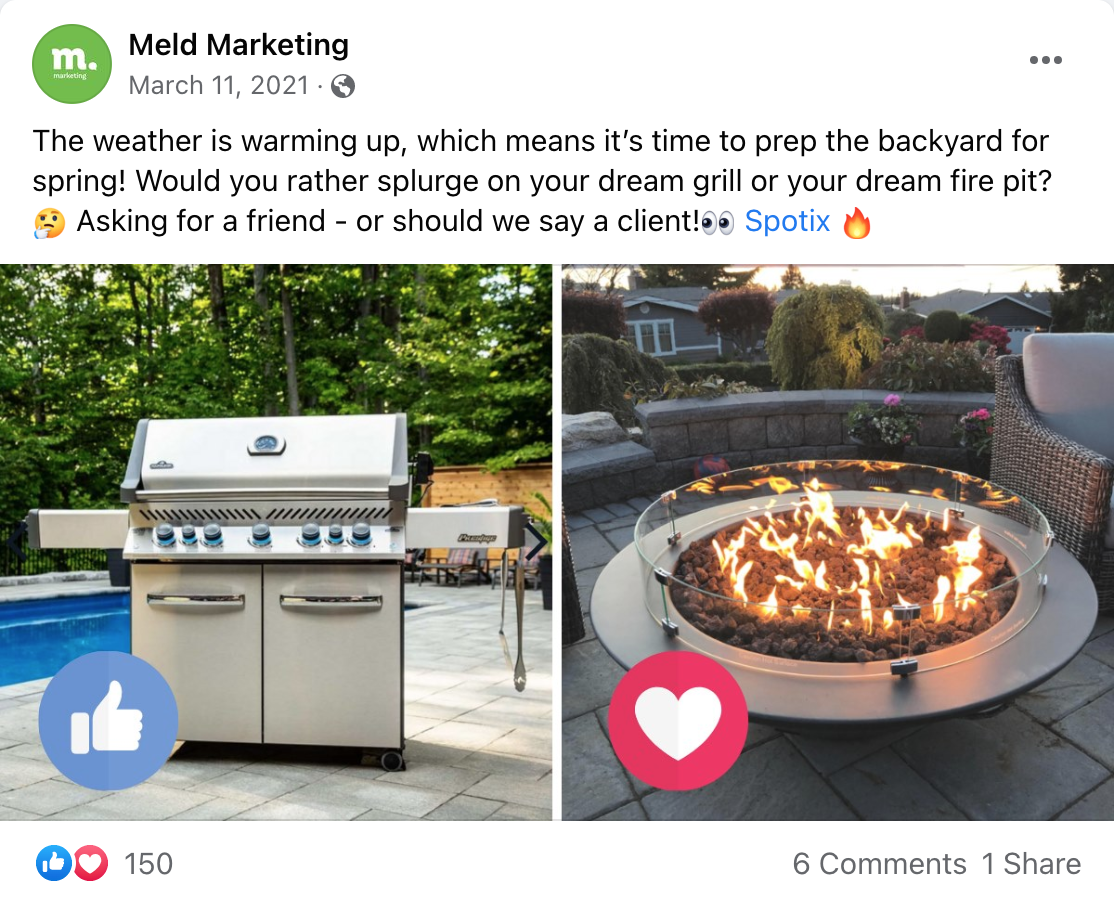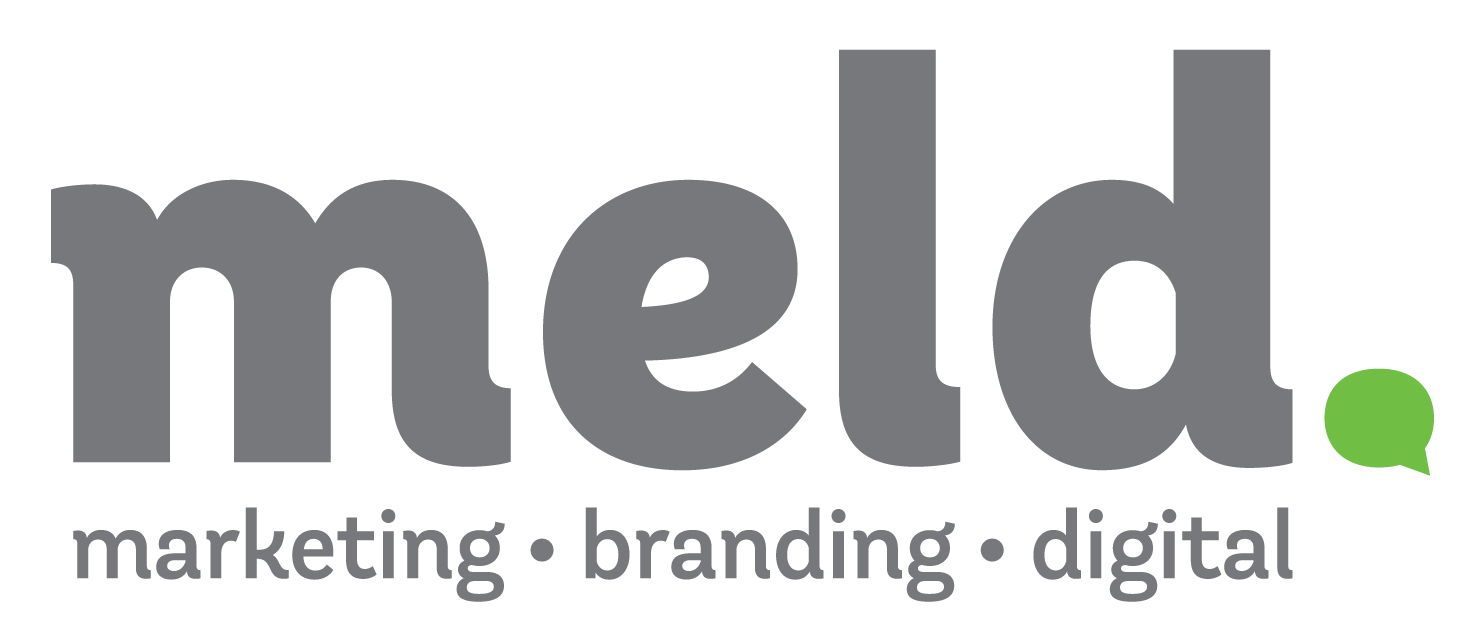As of 2022, 4.6 billion people use social media globally. Even with so many users worldwide, it’s not enough for businesses to publish content and hope the right people will find their posts and engage. Understanding how to effectively start a conversation with consumers and keep them coming back relies on more than just the content you post. Even if you and your team have a social strategy in place and are posting consistently, there is another very important piece of a successful social media presence: community management.
When done right, community management can bolster your brand’s visibility, create meaningful rapport with your audience, help you gather valuable consumer insights, and help keep your consumers happy. Throughout this blog, we will walk you through what community management is, how to use it to your brand’s benefit, and how to navigate negative comments and messages on social media via crisis management.
What is Community Management?
Before we start, let’s dive into what community management is.
The word community is officially defined as “a feeling of fellowship with others, as a result of sharing common attitudes, interests, and goals.” When you hear the word community you probably think of your neighborhood, school district, volunteer group, or another meaningful sector of people in your life.
In the digital age, however, communities can also exist online. Community management, then, is “the process of creating, growing, and managing online communities for a business or brand.”
Why is Community Management Important?
When Covid-19 spread throughout the world, online traffic was through the roof as people sought out digital communities in lieu of the loss of in-person groups. May of 2020 saw a 24% increase in online traffic compared to May of 2021.
As people’s time online grows, so does the importance of community management. In this highly saturated digital age, creating an online community for your fans and cultivating meaningful conversations is key to creating a great customer experience.
According to Hubspot, “90% of customers rate an ‘immediate’ response as important or very important when they have a customer service question. 60% of customers define ‘immediate’ as 10 minutes or less.” Just like in-person interactions with your customers, responding promptly and politely within the parameters of your brand voice builds your credibility and shows your audience that you care.
At Meld, we know just how important community management is. We community manage every post we create for our clients, monitoring all of their social platforms 7 days a week to ensure the best experience for our clients’ social media followers.
Now that we’ve made our case for why community management matters, let’s dive into the details about how community management works, and how to leverage it to your advantage.
How to Community Manage
The process of community managing your social media can be broken down into a few high-level steps.
Start by logging onto each of your brand’s active social media accounts every day. At least once a day, do the following:
- Invite people who have “liked” or reacted to your posts to like your page. This is a great way to organically grow your page following. (Note: this option is only available on Facebook).
- Check the comments of recent posts and reply where needed.
- Check the inbox/direct messages and reply where needed.
- Address any negative comments or messages (see the Crisis Management section below.)
- Scroll through your account’s news feed, liking, commenting, sharing, or retweeting relevant posts.
Most social media management sites—such as Sprout Social, Hootsuite, Buffer, and so on—also include tools to help community manage your social media accounts. Some brands use these management platforms, and others do it natively from the social media websites themselves. Either way you choose to go about it, the important thing is that you are doing it consistently—ideally daily.
These 5 steps may seem simple enough, but don’t underestimate the impact they can have. Read on to see why community management is worth the daily time investment.
The Benefits of Community Management: How to Use it To Your Brand’s Advantage
1. Community Management Helps Your Brand Listen and Gather Consumer Insights
Consumers don’t want to be talked at—they want to be conversed with. Creating social posts is a way to talk to your audience—community management allows you to talk with them.
The key to creating this two-way street with your customers is listening. Community management allows you to hear your customers’ feedback, questions, and even their complaints. It’s as simple as monitoring your comments, inbox messages, and reviews and responding in a way that makes your audience feel heard. While this may sound like a no-brainer, this is a step that many brands don’t take or forget to prioritize.
Of course, there are ways to use this listening to your advantage, which we do at Meld often for our clients. This boils down to asking your audience their opinion and then actually using their feedback to influence your marketing, content, or business strategy. What better way to figure out what your customers want than by hearing it straight from the source?
For example, let’s say you own a bakery and you create a post asking people their favorite type of cookie. The comments point toward oatmeal raisin as the clear winner (proof that this is a hypothetical example—the odds of that happening in real life are slim!). If you already make oatmeal raisin cookies, you could consider running a special deal on them to bring more people into the store or to draw more online orders. If you don’t have oatmeal raisin cookies on your menu (we can’t blame you), you should consider adding them.
Let’s take a look at a real example. At Meld, we often use our social media platforms to gain insights on our clients’ brands and products. In this case, we were trying to gauge interest in portable versus built-in grills for one of our clients, Spotix, a leading national retailer in the fire pit, hearth, BBQ, and patio products industry. We then monitor the comments via community management. In the end, we take these consumer insights and use them to inform our content strategy for our clients—another example of community management in action.

2. Community Management Provides You with Actionable Insights
Putting the customer feedback and insights that you glean from social into action is great, but you need to ensure your customers are aware that you are acting on their input.
Let’s give another hypothetical example. Imagine your store had done research around the town on what products were selling at other stores, and you took note of what customers said they were looking for in your store. You overhauled your stock, put money into sourcing new items, and redid your processes to be more like what the consumers in the community wanted. Opening day comes, and nothing but your regular traffic appears—why is that? You had listened to your customers, but they were not able to hear you. Your products and processes were right on, but your customers didn’t know you had taken their feedback into account.
This is where a “you asked, we listened!” type of social media post or campaign can come in handy. Domino’s Pizza’s 2009 Pizza Turnaround campaign is a great example of a brand spreading the word that they are acting on their customer’s insights. They acknowledged that their pizza was subpar, gave their ingredients a complete overhaul, and invested millions of dollars to let customers know they were doing it. It all started by listening to customer feedback and complaints—and it ultimately helped save the company.
This (lengthy) analogy is to show you that even when you take the proper steps in your brick-and-mortar store, it’s important to still create and leverage your online community. Listen to their needs, act upon them, and then be sure to market that action. When your customers feel heard this way, it leads to a positive brand sentiment, which can in turn lead to sales. It also helps generate superfans—people who are willing to be on-the-ground ambassadors for your brand.
Social Listening: The Proactive Side of Community Management
Responding to comments, messages, and reviews or asking your audience for their opinion is the reactive side of community management—in other words, you’re reacting to people’s questions and opinions after they are left on your page. But community management can take a more proactive approach, as well. That’s where social listening comes in.
HubSpot defines social listening as “monitoring your brand’s social media channels for any customer feedback and direct mentions of your brand or discussions regarding specific keywords, topics, competitors, or industries, followed by an analysis to gain insights and act on those opportunities.”
Oftentimes, social listening extends beyond a brand’s social channels. Many social listening tools monitor not only your business’s accounts, but also social platforms as a whole and even the wider internet. The goal is to walk away with an understanding of the online conversation about your company.
So how is social listening different from general community management? General community management is about monitoring your social platforms. Social listening takes that monitoring one step further. When you engage in social listening, you’re keeping a (virtual) eye out for certain terms regarding your brand, your competitors, or your industry so that you can find posts that fit those keywords and jump in on relevant discussions. You’re not just letting your customers come to you and start a conversation on your page. You’re going to them, finding the places where they’re already conversing about you (or your competitors or your industry), and adding your voice to the mix.
Why does social listening matter? For one, it helps position your company as a thought leader in your industry. Secondly, interacting with posts outside of your page is great for exposure and gaining organic awareness for your brand. Third, it can help you get a sense of the general public’s sentiment about your brand. And last but not least, it can help you identify pain points, opportunities, and potential leads.
For example, let’s say you implement a social listening tool for your fictional bakery. You start to notice that in their posts, your customers often mention your infamous oatmeal raisin cookie in conjunction with local creamery, whose ice cream evidently pairs perfectly with the cookie. This could be the perfect opportunity for a partnership to generate more revenue. Examples include selling your cookies in their creamery in a display next to their ice cream; selling their ice cream in your bakery next to your cookies; or adding a new product to your menu: oatmeal raisin ice cream cookie sandwiches.
Sugar cravings aside, you can see how monitoring your brand on social media and the broader internet can help you form a more well-rounded picture of the online conversation surrounding your brand and your industry as a whole.
Crisis Management
Crisis management is a specific type of community management used in social media crisis situations. These scenarios can range from an angry comment or an inappropriate post by an employee to something much more serious, like your business page being hacked. Understanding how to interact with these crisis-type situations will give you the confidence to navigate these less-than-ideal circumstances.
Let’s revisit our brick-and-mortar store example. Say you have a handful of people milling around, and suddenly, a customer—who is upset—comes in and starts disrupting your other patrons’ experience. You have to determine the course of action, weigh the severity of the disruption, and decide whether you see it as an effective and appropriate thing to address in the center of your store. Keep in mind, you want to create a positive experience for the other customers while still maintaining a level-headed demeanor in responding to this upset customer.
You should approach an upset, rude, or inappropriate customer on social media the same way. Every brand should have a plan of action for how they’ll handle crisis circumstances online, but most situations are a case-by-case affair. Unfortunately, running away—even digitally—isn’t an option.
As you address the issue, it’s important to remember the 3 P’s—stay positive, polite, and professional. How you handle the situation will directly reflect on your brand’s reputation.
Ultimately, there are 4 courses of action: respond, hide, ban, or delete.
Respond
Responding is often the ideal course of action. Replying to a comment with an on-brand response can help defuse the situation or address the point of contention at hand.
Sometimes comments are better addressed outside of the public view. In these cases, it often makes sense to reach out to the user via a direct message. Taking the communication off the public page allows you to resolve the situation without disrupting your other customer’s experience.
However, we recommend still leaving a public reply to the individual’s comment saying, “We’ve sent you a message to further discuss this issue,” or something similar. This lets the public know that you are not ignoring this person and that you are taking steps behind the scenes to rectify the situation.
Hide
Hiding a comment on social media means that the person who left the comment and their social media friends can still see the comment, but it is hidden from all other users. This is a good solution for comments that don’t need to be deleted, but that you don’t want to be publicly visible on your post. The commenter is not notified that their comment has been hidden, so you can hide without fear of the commenter feeling censored.
Hiding is a great option for comments that are inappropriate, rude, disruptive, or irrelevant. Ultimately, hiding allows you to have more control over what your audience is exposed to when interacting with your content.
Ban
No one likes to get banned from somewhere—virtually or in-person. Banning someone from your page should not be your first course of action, but rather a last resort reserved for the worst transgressors. If someone is repetitively and purposefully being inappropriate or causing upset with your audience, it’s likely be a sign it’s time to remove them from your page. Spam users/bots are another group that can and should be removed if they are consistently interacting with your content.
When an individual is banned, they will still be able to see your page’s content, but they will no longer be able to react or comment. However, they can still share your page’s posts.
It’s worth noting that banning is not a permanent act. If you feel a user was wrongfully banned or will no longer create issues on your page, you can unban them with the click of a button.
Delete
At Meld, we recommend never deleting a comment. Though users are not notified when their comment is deleted, if they should go back to look at the post and find their comment is missing, it may only fan the flames, causing them to feel censored and potentially escalating the situation. In general, hiding should be sufficient; only delete in the most extreme cases.
However, some social media sites (like Instagram) do not yet have the option to hide comments in the platform. In these situations, we recommend responding, sending a direct message, or ignoring the comment. If the comment is particularly egregious, only then consider deleting it.
When to Crisis Manage
Social media doesn’t take weekends off. That’s why crisis management is often a seven-days-a-week task. For example, Meld crisis manages our client’s social media accounts on the weekend to ensure we are staying on top of any negative comment or message that needs to be immediately addressed.
To Sum Up
Community management is an important part of any successful social media strategy. From providing customer service to building a memorable online presence, it’s a great way to create a positive brand experience for your customers.
If you’re ready to take your social media strategy—or your brand as a whole—to the next level, reach out! Our team of marketing gurus are experts in all things digital. We can help you community manage and crisis manage your social platforms so you can focus on what’s really important: growing your business.



